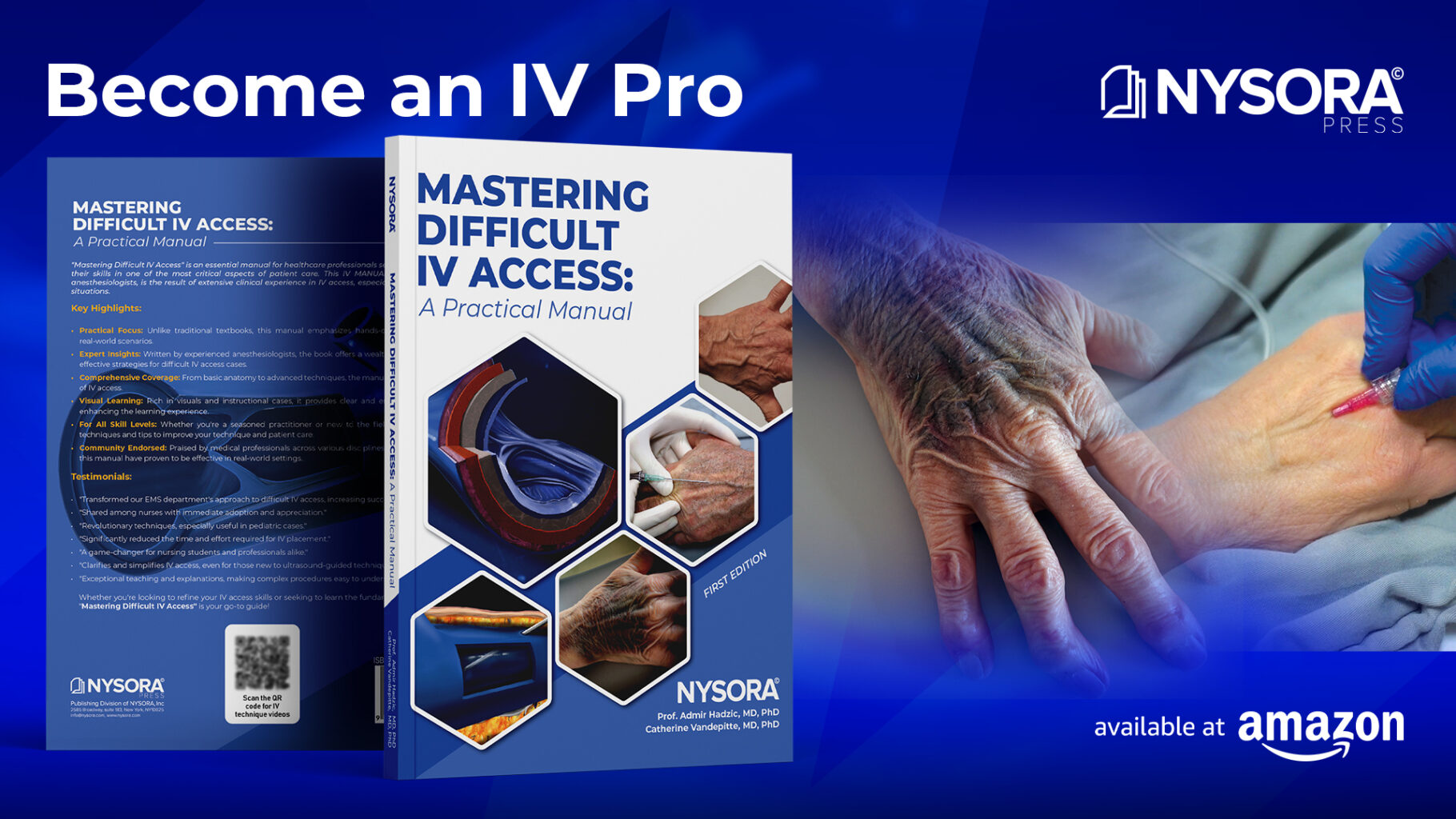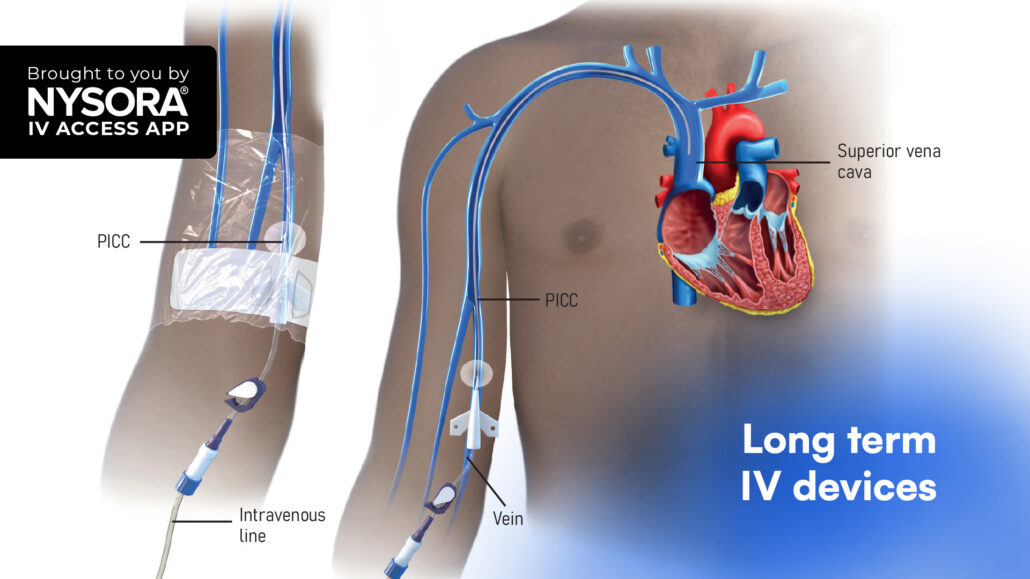
Understanding long-term intravenous devices
Intravenous (IV) therapy is a cornerstone of modern medicine, providing essential pathways for administering medications, fluids, and nutrients directly into the bloodstream. Over the years, the use of long-term intravenous devices such as peripherally inserted central catheters (PICC lines), midlines, and implantable ports has expanded significantly, both in hospitals and outpatient settings. These devices, while indispensable, come with their own set of challenges and potential complications.
Types of long-term intravenous devices
- Peripherally inserted central catheter (PICC) lines: PICC lines are used for medium to long-term infusions, blood transfusions, and frequent blood sampling. They serve as an alternative to implanted ports, especially when short chemotherapy protocols are needed, or when the placement of an implanted port is contraindicated due to conditions like hemostasis disorders or thoracic skin damage.
- Midlines: These are shorter than PICC lines and have an expected dwell time ranging from 4 weeks to 3 months. Midlines are often used for non-irritant drug administration and parenteral nutrition.
- Implantable ports: These devices are placed under the skin and provide a reliable option for long-term treatments, such as chemotherapy. They are associated with lower infection rates compared to other types of catheters.
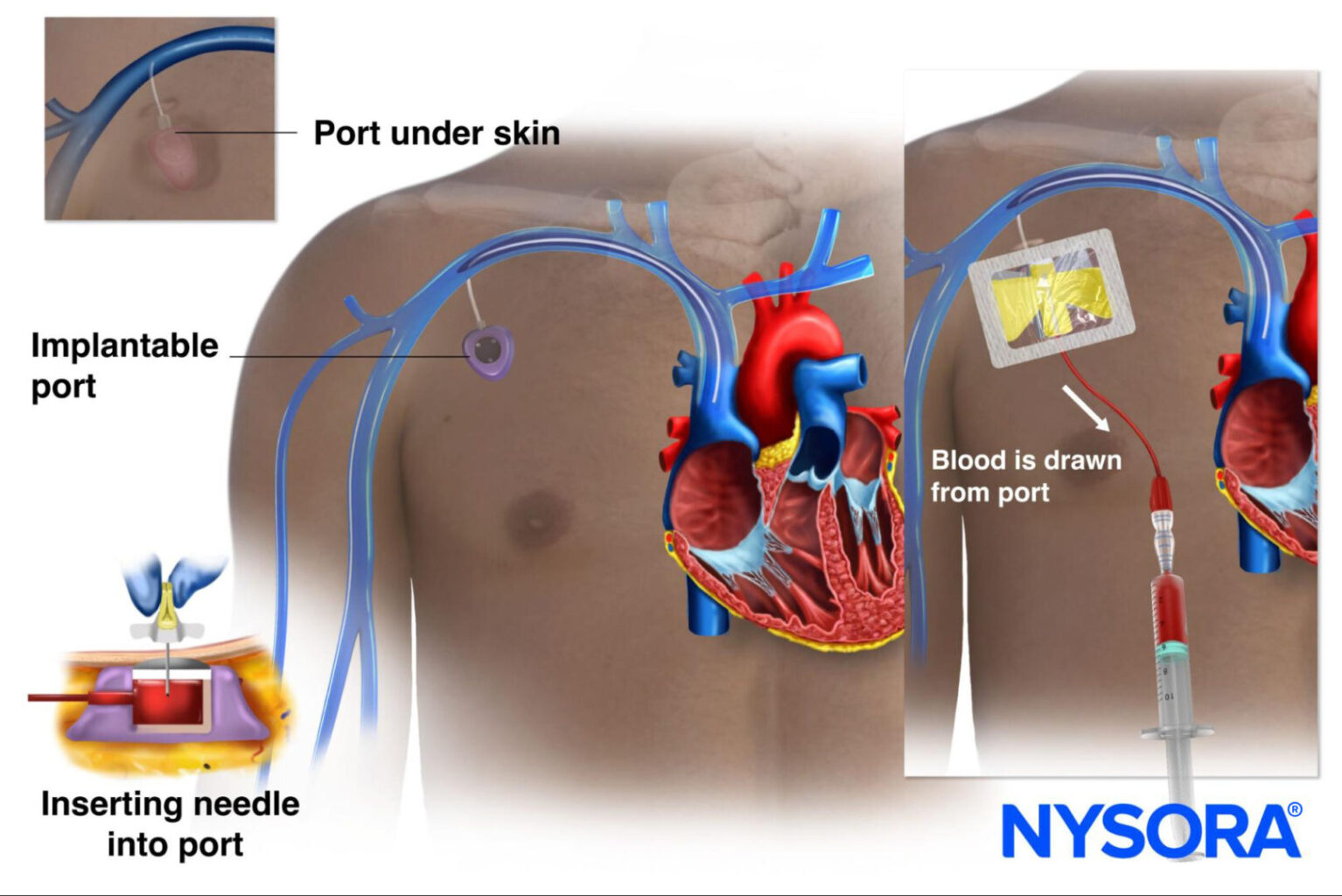
An implantable port consists of a reservoir (the port) that is completely implanted under the skin and a catheter that connects the port to a central vein.
Common complications associated with long-term IV devices
- Thrombotic complications
- Thrombosis: Catheter-related thrombosis (CRT) is a major complication associated with long-term intravenous devices. Thrombosis can occur at various sites, including the arm or intrathoracic route of the catheter. The risk increases with larger catheter diameters and when the catheter-to-vein ratio exceeds 33-45%.
- Pulmonary embolism: While less common, PICC line-related deep vein thrombosis (DVT) can lead to pulmonary embolism, a potentially fatal condition. The risk is higher in patients with advanced cancers.
- Infectious complications
- Catheter-related bloodstream infections (CRBSIs): These infections range from local insertion site infections to bacteremia. Factors that increase infection risk include hematological cancer, parenteral nutrition, and the use of PICC lines in intensive care settings.
- Prevention strategies: The use of antiseptic agents like 2% chlorhexidine in 70% isopropyl alcohol and dressings impregnated with chlorhexidine can significantly reduce infection rates. Frequent assessment and proper maintenance are crucial.
3. Mechanical complications
- Occlusions and dislodgment: Mechanical complications such as catheter occlusion, accidental tearing, or migration can occur. The use of reverse-tapered catheters (thicker at their proximal end) has shown promise in reducing accidental removal and bleeding post-insertion.
Benefits and limitations of PICC lines
Benefits:
- Ease of insertion and removal: PICC lines can be inserted at the bedside using ultrasound guidance, making them less invasive compared to centrally inserted central catheters.
- Versatility: Suitable for a variety of treatments, including chemotherapy, antibiotics, and nutrition.
- Lower risk of certain complications: PICC lines tend to have a lower complication rate than centrally inserted central catheters, reducing overall healthcare costs.
Limitations:
- Higher risk of thrombosis: The risk of thrombotic complications is higher with PICC lines than with ports due to the smaller diameter of the veins in the arm compared to the internal jugular vein or superior vena cava.
- Increased infection risk: Although the risk of infection is relatively low, it can still occur, particularly in settings with frequent catheter manipulation or prolonged use.
- Mechanical complications: These include catheter occlusion, accidental dislodgement, or breakage, which may require catheter replacement or other interventions.
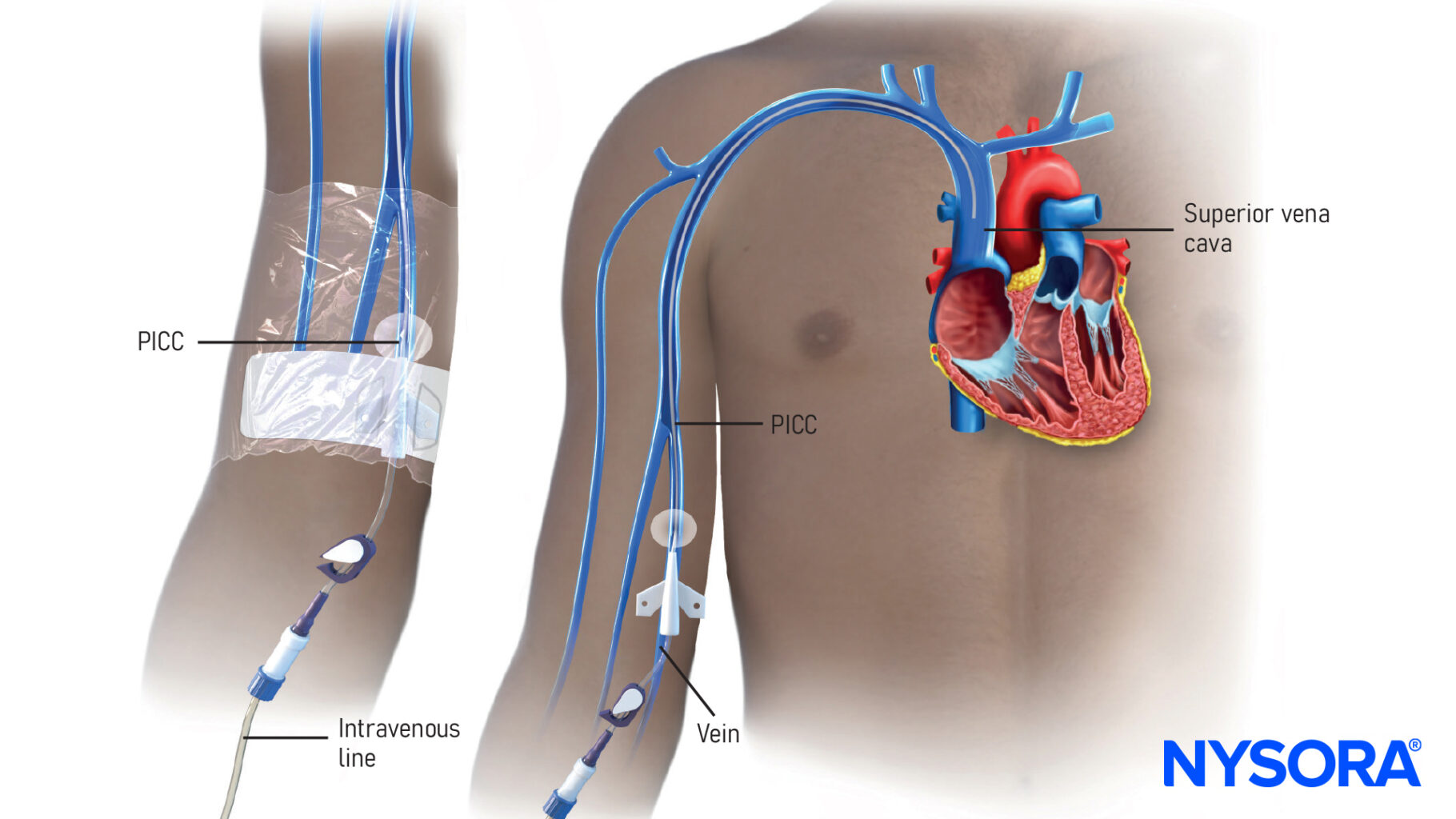
A peripherally inserted central catheter (PICC) inserted in the basilic vein and navigated into a central vein close to the heart.
Choosing between a PICC line and a midline catheter
Deciding whether to use a PICC line or a midline catheter depends on the duration of therapy, the type of medication being administered, and the patient’s overall condition.
- When to use a PICC line:
- For long-term treatments (more than 4 weeks) where central venous access is needed.
- When administering irritant or vesicant drugs that require central vein administration.
- In cases where frequent blood sampling is needed.
- When there is a contraindication for port placement, such as clotting disorders or skin conditions.
- When to use a midline catheter:
- For short to medium-term treatments (up to 4 weeks).
- When non-irritant and non-vesicant drugs or fluids need to be administered.
- When central venous access is not required.
- For patients who may not tolerate the insertion of a PICC line due to smaller vein sizes or other anatomical considerations.
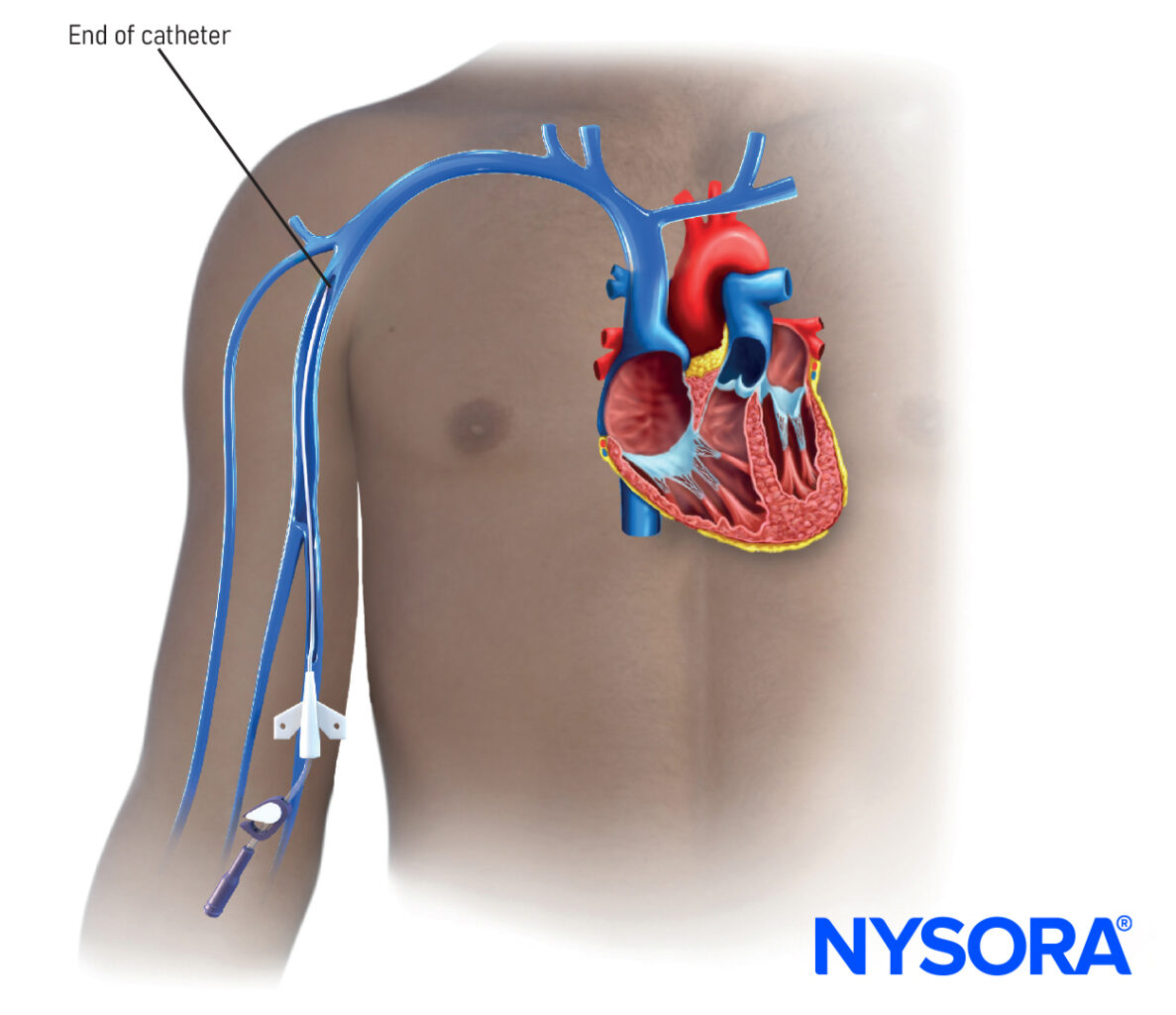
A midline peripheral catheter is inserted in the upper arm and positioned with the tip near the axilla.
Preventing infections in long-term intravenous devices
Preventing infections associated with PICC lines and midline catheters involves strict adherence to infection control protocols:
- Aseptic technique: It is critical to maintain a sterile environment during catheter insertion and handling to reduce the risk of contamination. Healthcare providers should use sterile gloves, gowns, and masks, and employ sterile drapes during insertion procedures.
- Hand hygiene: Proper hand hygiene is essential before and after touching the catheter site or handling any related equipment. Alcohol-based hand rubs or soap and water should be used by healthcare professionals.
- Antiseptic dressings and solutions: The use of 2% chlorhexidine in 70% isopropyl alcohol for skin antisepsis during catheter insertion and maintenance is highly effective in reducing infection rates. Additionally, transparent dressings containing chlorhexidine gel can provide antimicrobial protection at the site for up to 7 days.
- Routine assessment and maintenance: Regular inspection of the catheter site for signs of infection, such as redness, swelling, or discharge, is crucial. Catheters should be routinely flushed with saline to maintain patency and prevent clot formation.
- Use of antimicrobial and antithrombotic devices: Although the effectiveness of antimicrobial-coated and antithrombogenic-coated PICC lines is still debated, they may offer additional protection against infections and thrombotic events.
- Minimize catheter manipulation: Reducing the frequency and ensuring the quality of catheter manipulation can significantly lower infection risk. Only trained personnel should handle the catheters to maintain a sterile field.
Conclusion
Long-term intravenous devices like PICC lines and midline catheters are vital tools in modern healthcare for the management of various conditions requiring extended IV therapy. While these devices offer numerous benefits, such as ease of insertion and versatility in treatment, they also come with risks like thrombosis, infection, and mechanical complications. Understanding when to use each type of device, recognizing their benefits and limitations, and adhering to strict preventive measures can help healthcare providers minimize these risks and optimize patient outcomes. By implementing evidence-based practices and continuously monitoring for complications, healthcare teams can ensure safe and effective use of these essential devices.
Explore many resources, including easy-to-follow algorithms, expert tips, and clinical videos, on NYSORA’s IV Access App! It’s perfect for healthcare professionals at any level. Download today and start improving your IV catheterization techniques! All this valuable content is also available in NYSORA’s comprehensive IV manual on Amazon.
